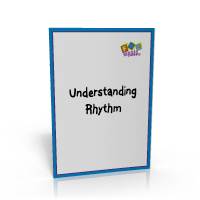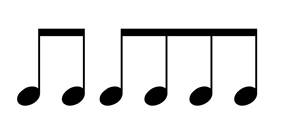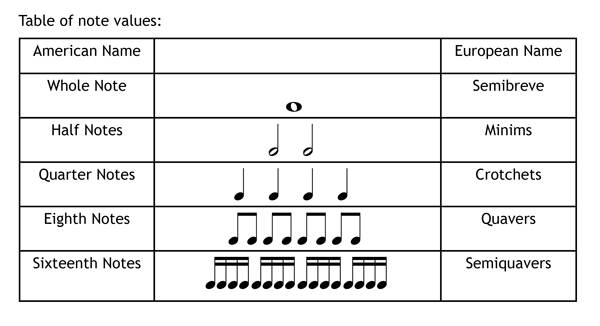Understanding Rhythm
Welcome to our third tutorial on basic music theory.
If you’re unsure of anything from the first two tutorials, feel free to revise either First Steps in Music Theory or Understanding Pitch. You can go back to them anytime you are unsure of anything from those first concepts.
Today’s subject is Rhythm, a very important aspect of music notation.
firstly, what is Rhythm?
Rhythm, simply put is the placement and duration of notes in time. How long or short they are, how often they are repeated, and how they relate to each other, and the “beat” or the constant time feel underlying the music.
Firstly, there are different shaped notes, and these different shapes determine their duration, or how long they are held for.
For the purposes of this tutorial, we are using the American system of time names. There is another whole tradition which is still used widely in Europe and the UK, and there is nothing wrong with that. In our music theory products we provide a choice of language styles, so you can use whatever is used by people around you.
Topic #1: Measures and Barlines
To make it easier to read, music is structured into measures.
measures can also be called bars.
Barlines divide the music into measures
and when a piece of music is complete, a double barline is used.
When music is written for an instrument of indefinite pitch (such as a drum or percussion instrument) a single line staff may be used:
Worksheet #8 – Measures and Barlines
Topic #2: Whole Notes, Half Notes and Quarter Notes
The basic types of notes have different durations, or lengths:
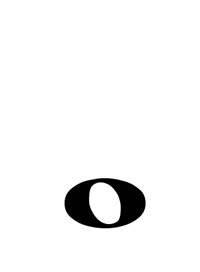
The Half Note has two counts in commonly used time signatures
The Quarter Note has one count in commonly used time signatures
So what does all that mean ‘commonly used time signatures’?
For practical purposes you really just need to know that the whole note has four counts, the half note two, and the quarter note one. The confusion comes in because ‘a beat’ is not really a completely fixed entity.
This is usually the first rudimentary understanding that students have
Really, the value of the notes is acually relative to each other, rather than relative to a ‘beat’
Got that? Now complete the following worksheet, and make sure you understand those three note types.
Worksheet #9 – Whole, Half and Quarter notes
Topic #3: Eighth and Sixteenth Notes
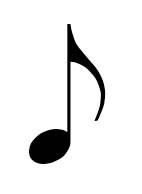
When eighth notes are alone they have a tail
but when there is more than one they are joined together by beams
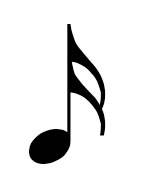
A sixteenth note has two tails:
or when joined together two beams:
Therefore we can summarize the note values we have learned so far in this table, and for your reference, here are the european names which are used as well:
Worksheet #10 – Eighth and Sixteenth Notes
Finished?
Please check your answers with this answered version of these worksheets, and get ready for your next lesson!


